Precision engineering is meaningless without proper calibration. Learn why calibration is an important aspect of Sea-Bird Scientific sensors.
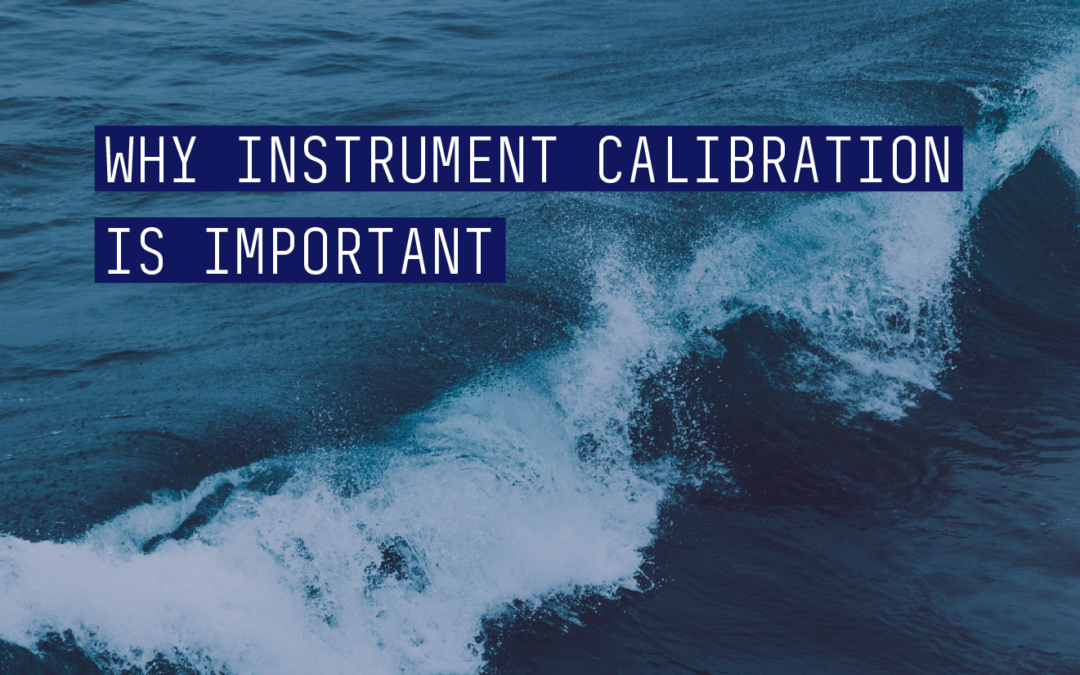

Precision engineering is meaningless without proper calibration. Learn why calibration is an important aspect of Sea-Bird Scientific sensors.
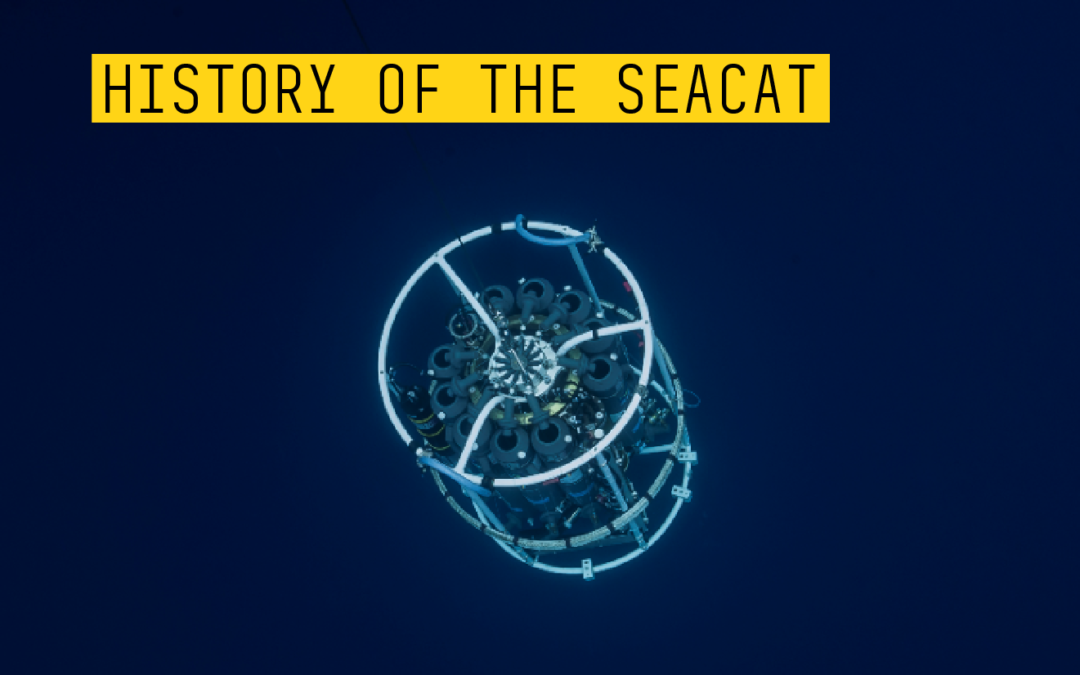
SeaCATs, the CTD family consisting of the 16plus V2 and 19plus V2, were first developed in late 1985 back when Sea-Bird had barely evolved past a garage operation. When a customer requested a moored CTD – the first that Sea-Bird had ever built, Sea-Bird's team...
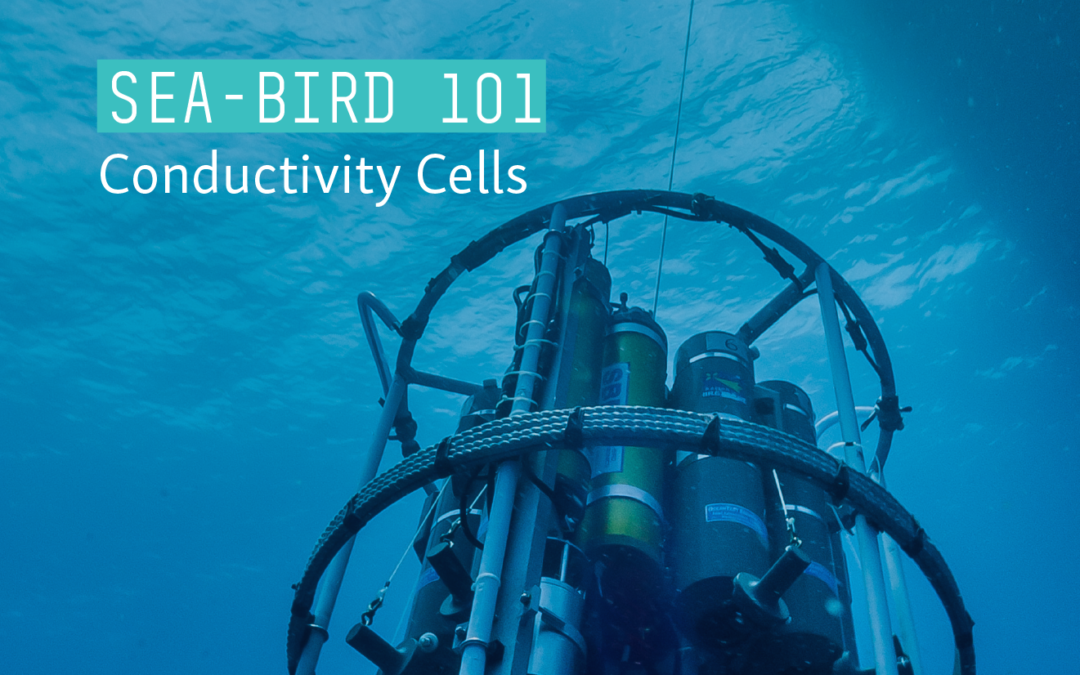
Conceptually, inductive moorings seem complex – communicating with 100 instruments through a single cable doesn’t exactly sound intuitive. But, in practice, the setup is surprisingly simple. Watch our latest video to see how easy it is to test and simulate an inductive modem mooring.
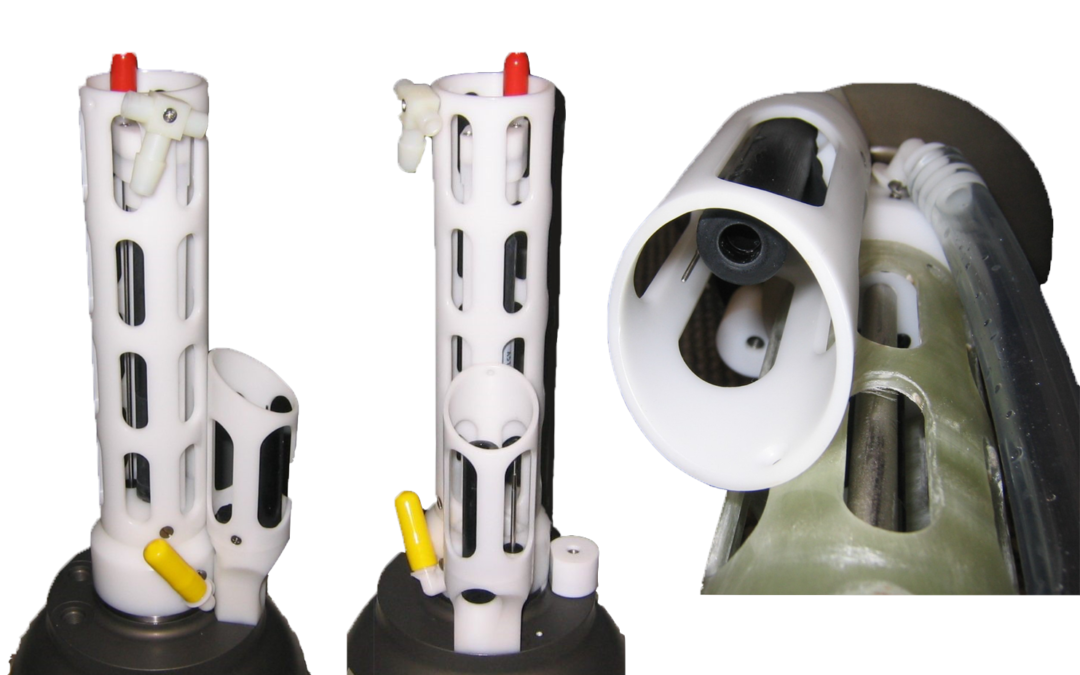
You never know what’s floating on the surface. That’s why Sea-Bird created the STS – to prevent the main Argo CTD from ingesting surface contaminants, but still obtain surface data. Learn how it helps extend deployments.
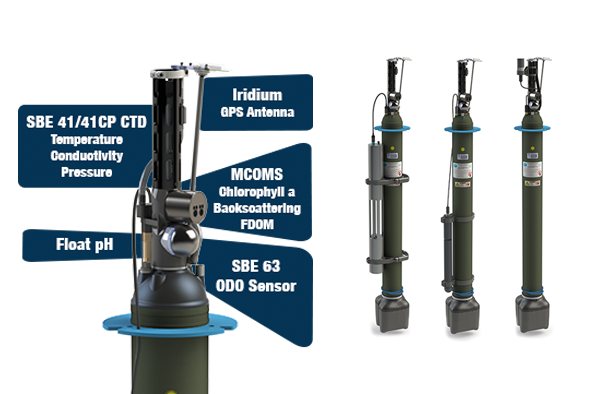
Did you know that the sensors that power BGC-Argo are also in heavy use on shipboard and moored platforms? Learn about the analogous BGC sensors for deployment on moorings and vessels, and how your field crew can keep stride with ocean robots.
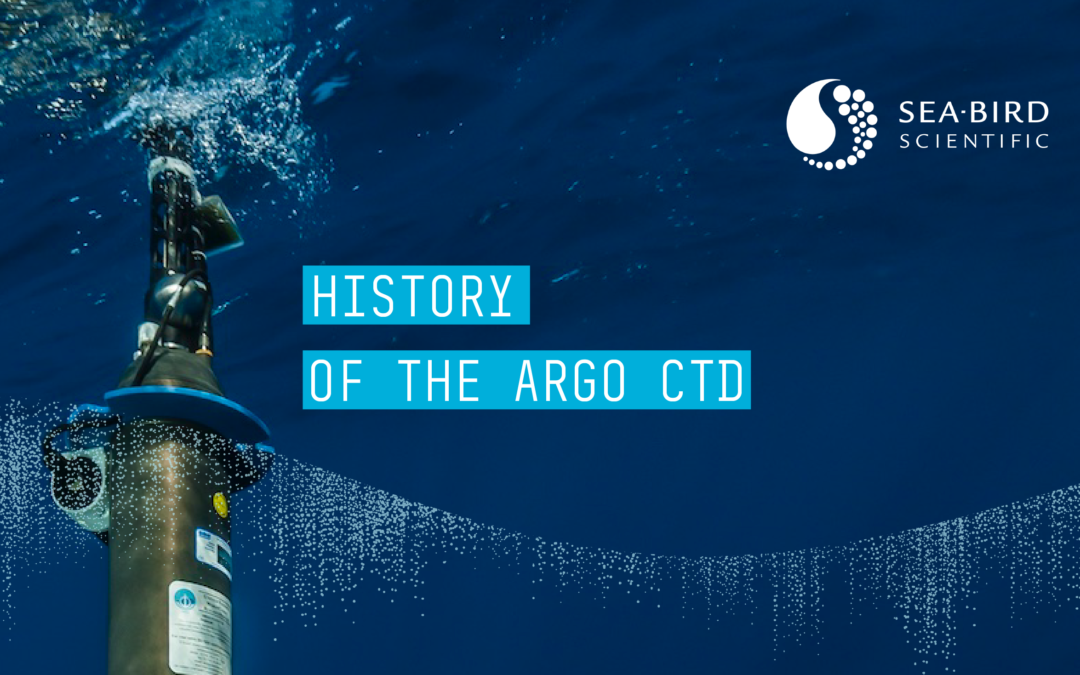
Believe it or not, the first profiling floats couldn’t measure temperature and salinity. They solely traced ocean currents, totally ignorant of the sweet CTD data they were passing by. Adding a CTD changed the game. Learn more about the early beginnings of Argo, and how Sea-Bird’s first float CTD helped change the face of oceanography.
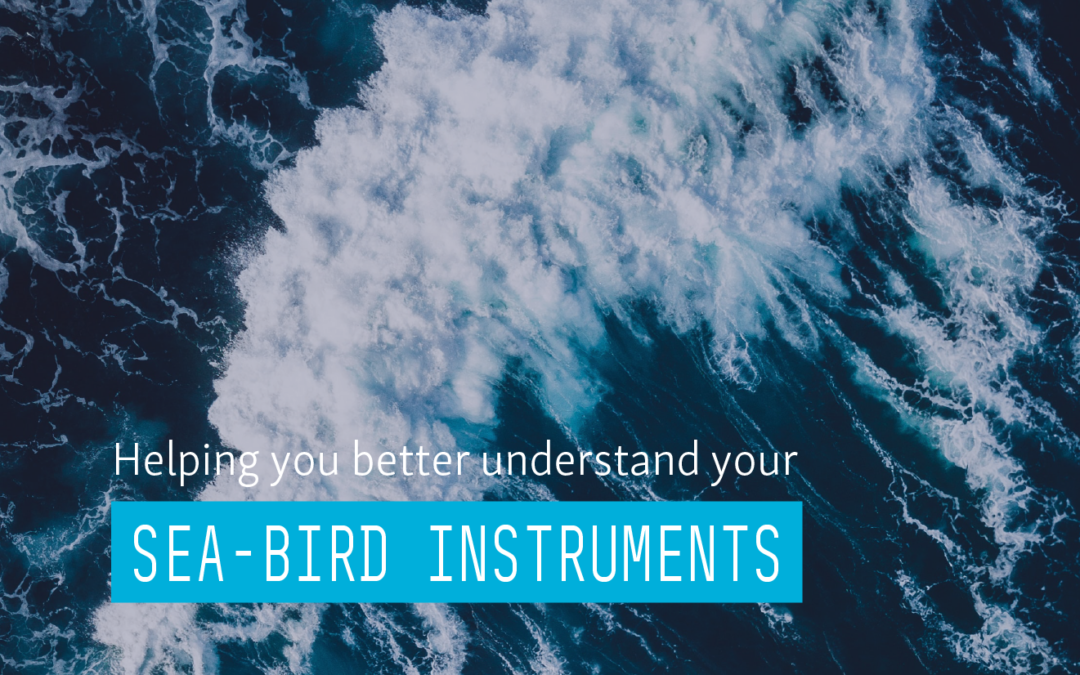
Our training videos focus on useful information that we usually don’t cover in Sea-Bird University. Watch now to learn about topics ranging from troubleshooting water samplers to understanding solid-state pH sensors. View Our Video Collection Have a request for a new...
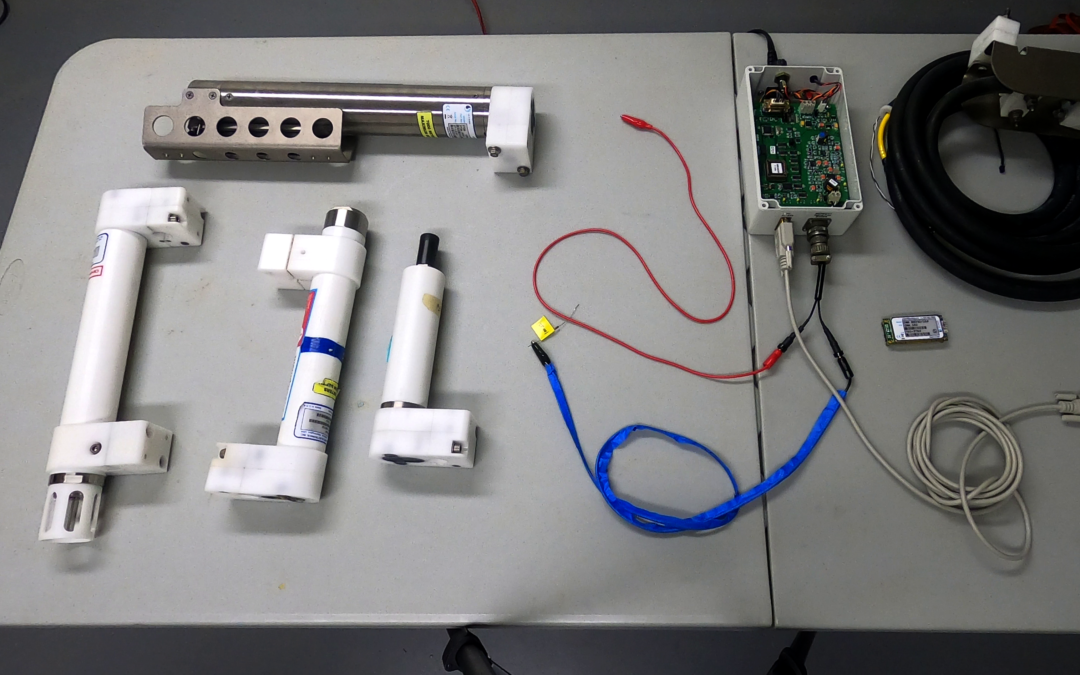
Conceptually, inductive moorings seem complex – communicating with 100 instruments through a single cable doesn’t exactly sound intuitive. But, in practice, the setup is surprisingly simple. Watch our latest video to see how easy it is to test and simulate an inductive modem mooring.
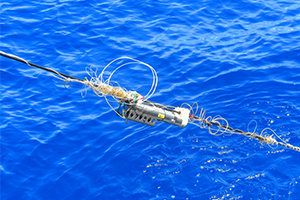
Deploying a moored CTD can be a game of trust. Nobody wants to return to their long-estranged CTD to find poor data quality. Of course, nobody wants to visit the middle of the ocean everyday either. Fortunately, we’ve created a basic troubleshooting guide for moored...
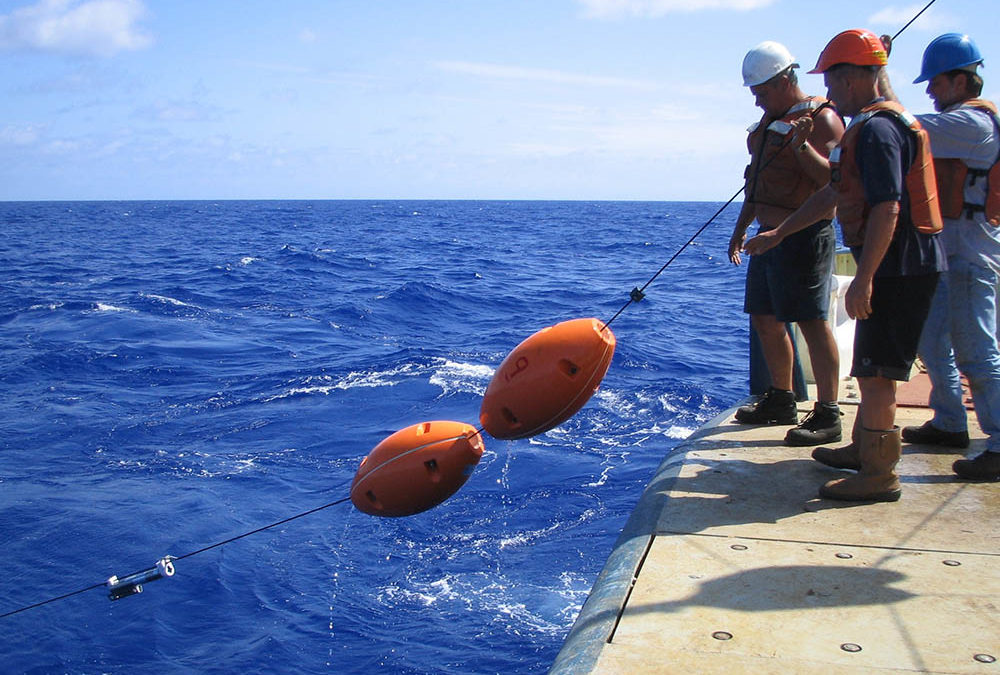
Inductive modem moorings are capable and flexible. Learn how 1 mooring line can facilitate real-time data for up to 100 instruments, in 5 unique configurations.
Welcome to the Sea-Bird Swell – our monthly newsletter that gives you the latest in what’s happening at Sea-Bird Scientific, and the broader oceanographic community. CTD Appreciation Day Was January 22nd! HANDS OFF AND HIGH-QUALITY DATA: USING THE HYDROCAT-EP V2 CTD...
We hope to see you at #Oi24 We are excited to return to Oceanology International 2024 again in London, UK from March 12-14. Overview Oceanology International brings together 500+ exhibitors in the only event that links the three key players in the industry:...
We hope to see you at #OSM24 We are excited to return to Ocean Sciences Meeting 2024 in New Orleans, Louisiana from February 18-23 at booth number #527. Overview The Ocean Sciences Meeting 2024 is co-sponsored by the American Geophysical Union, the Association for the...